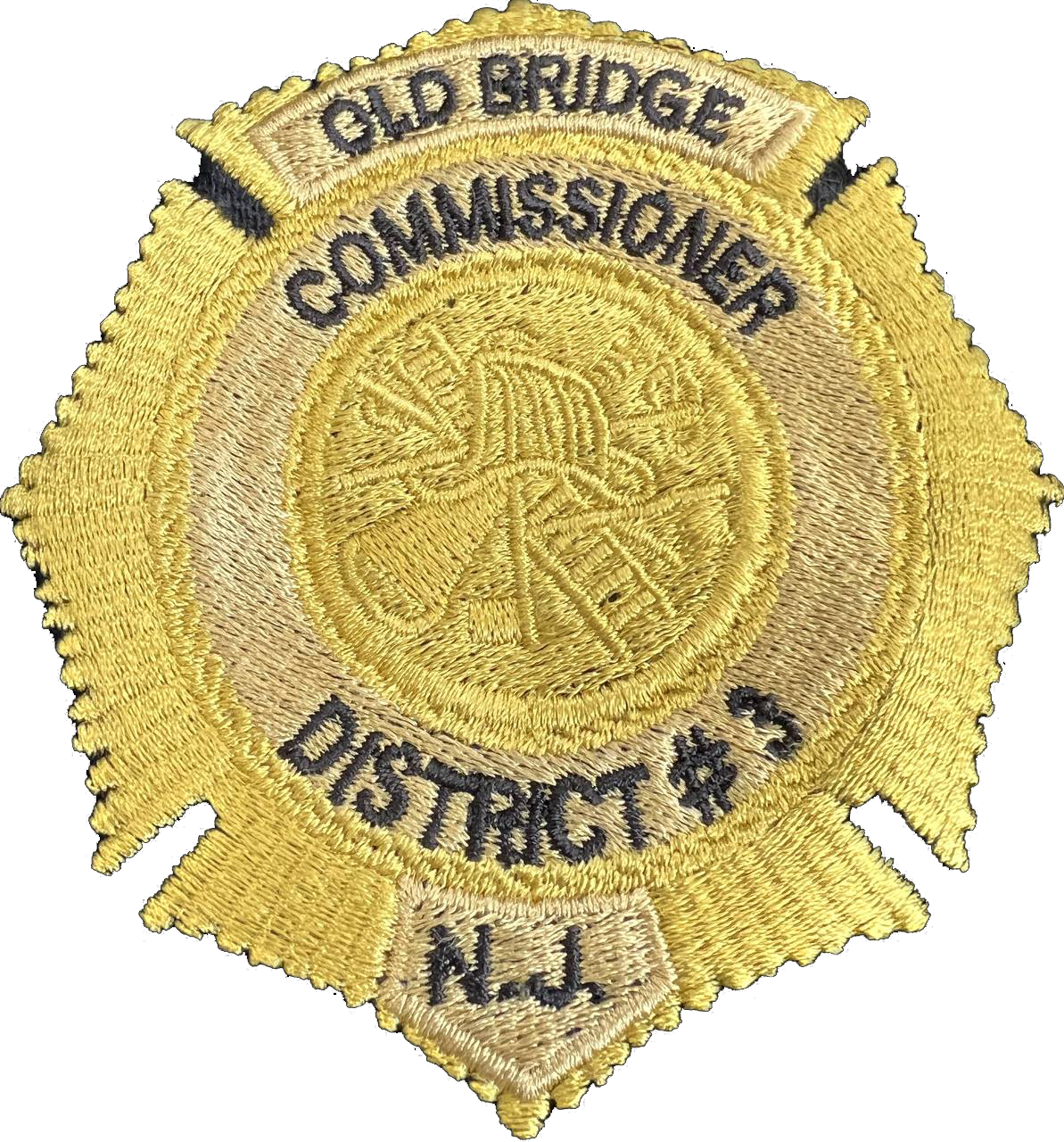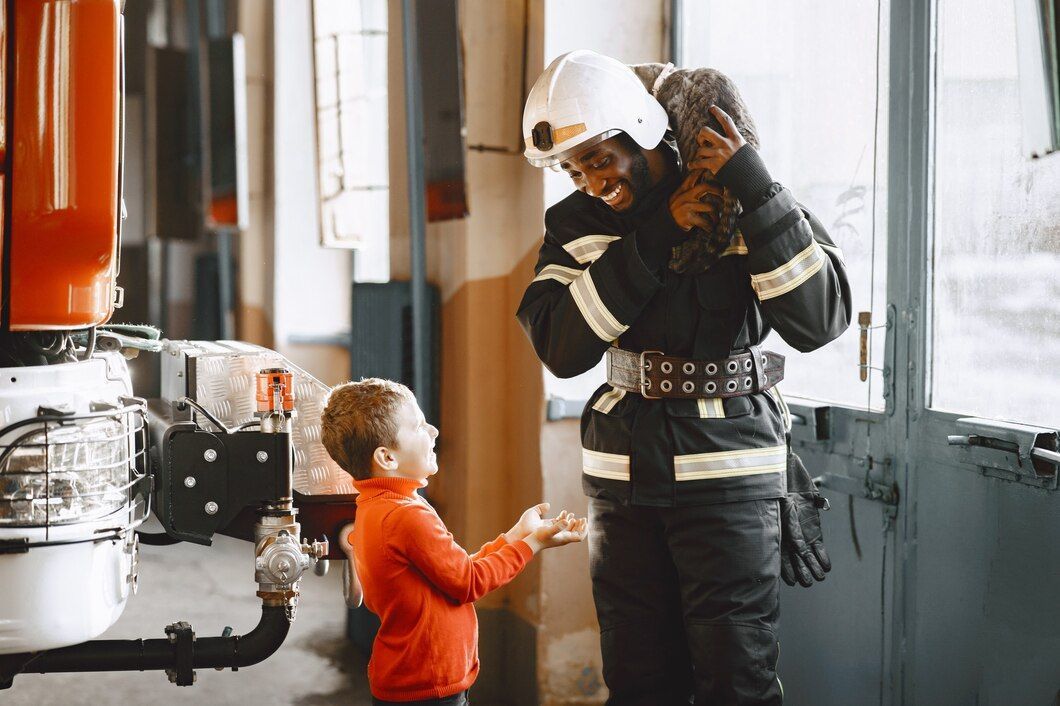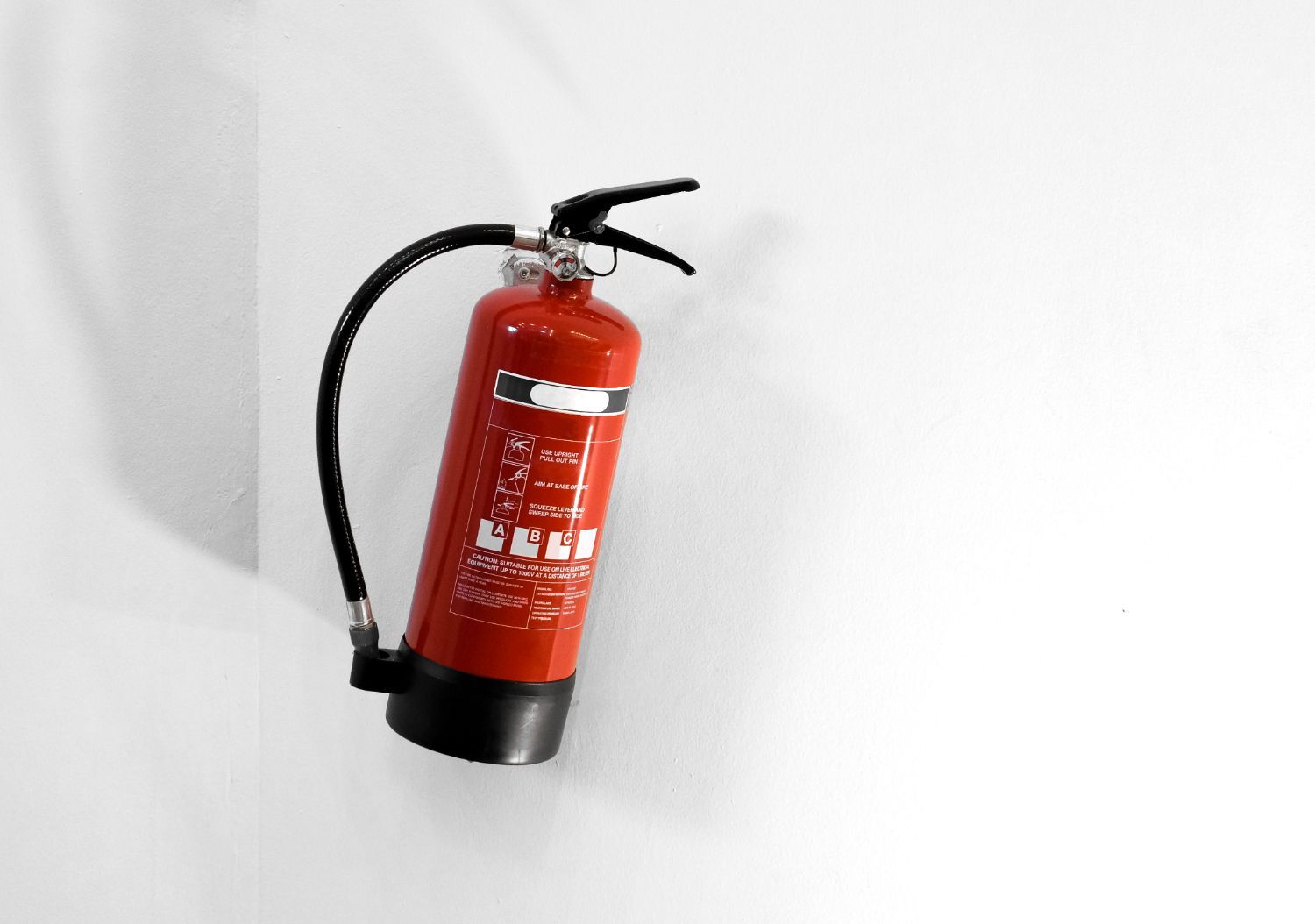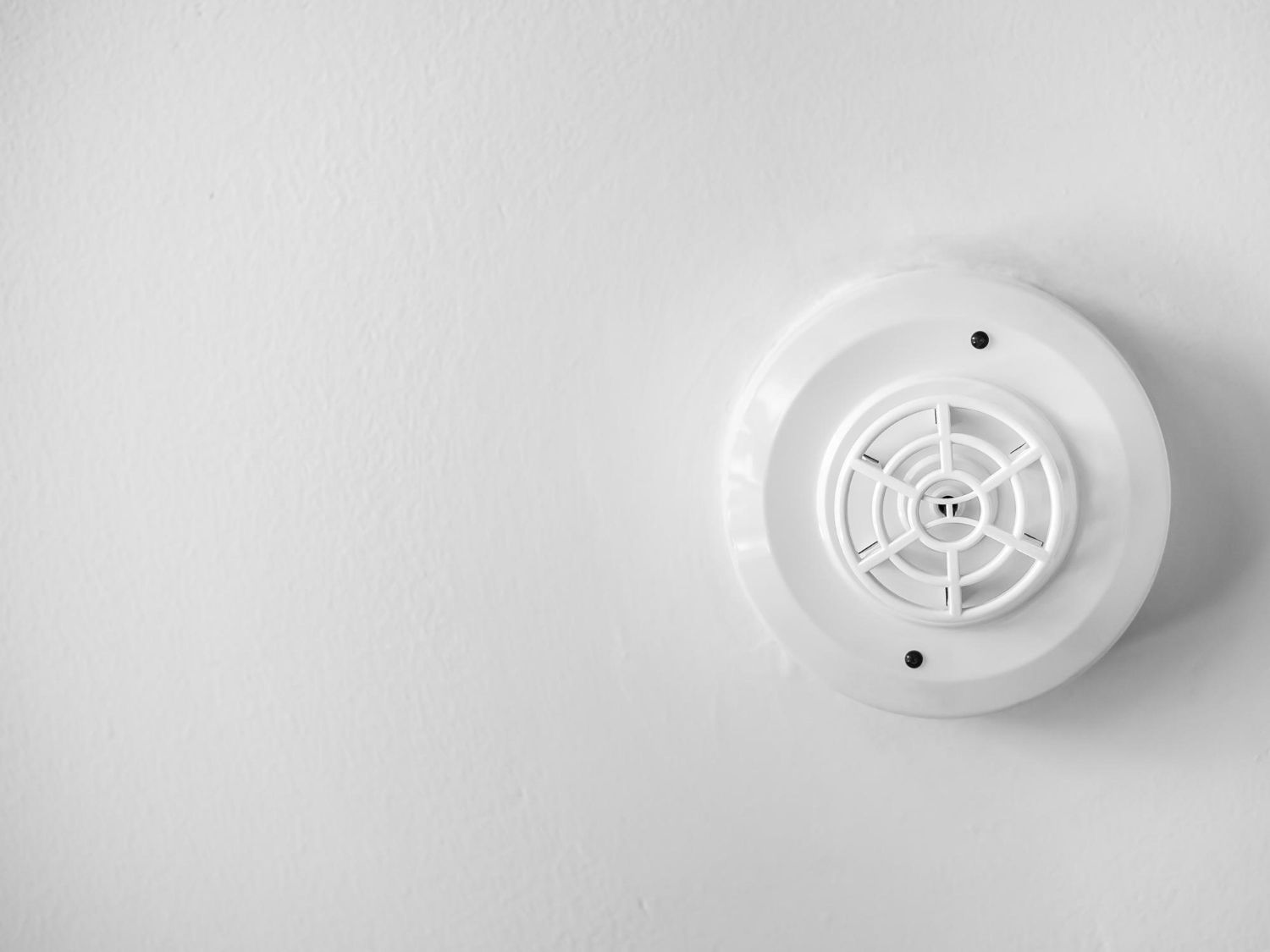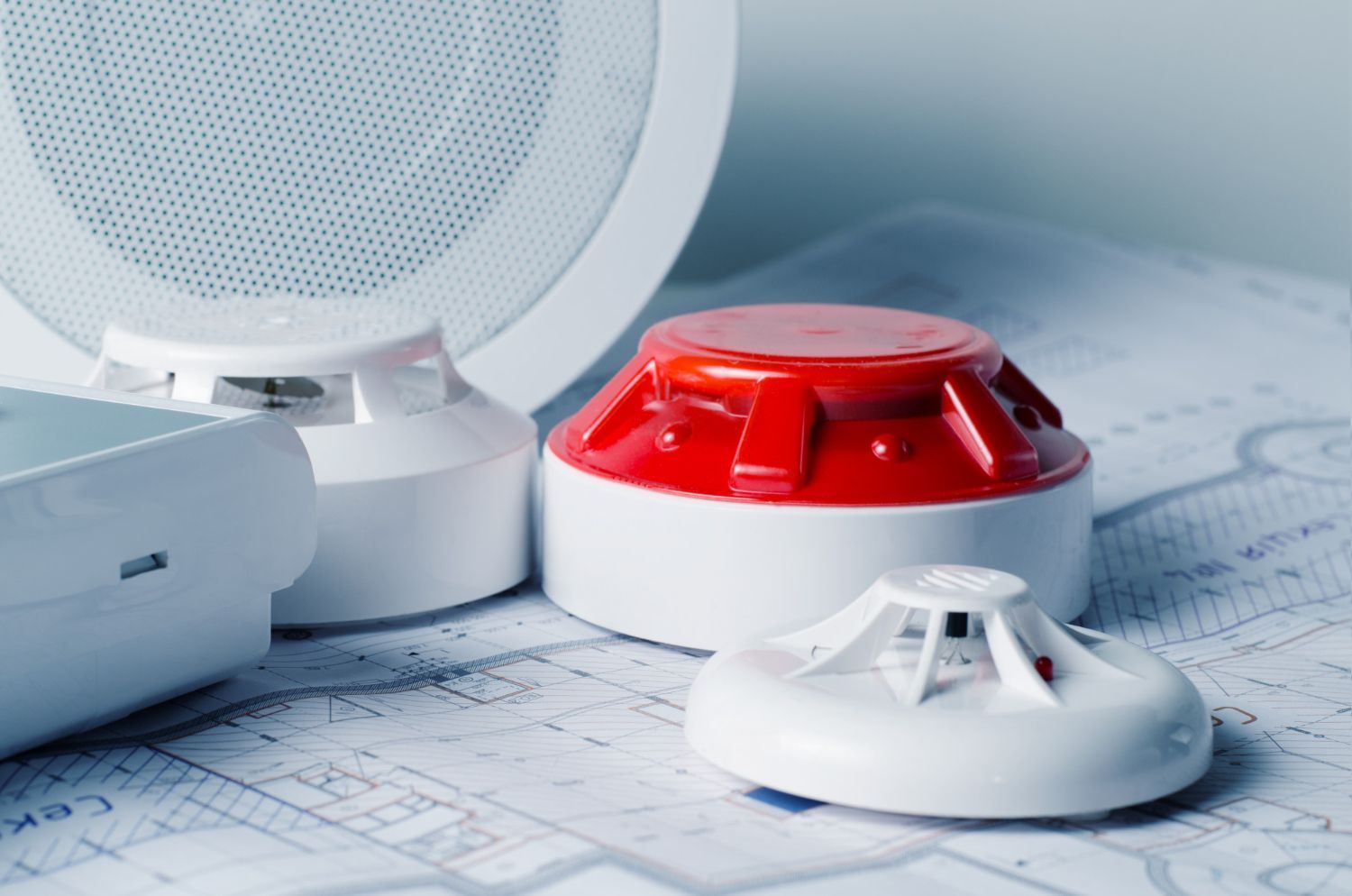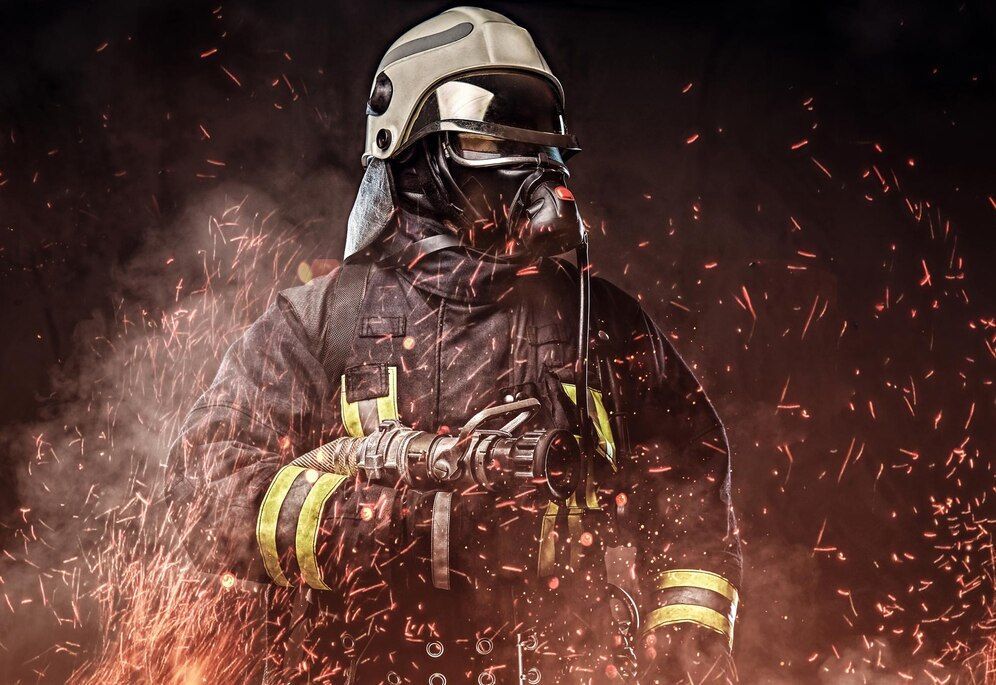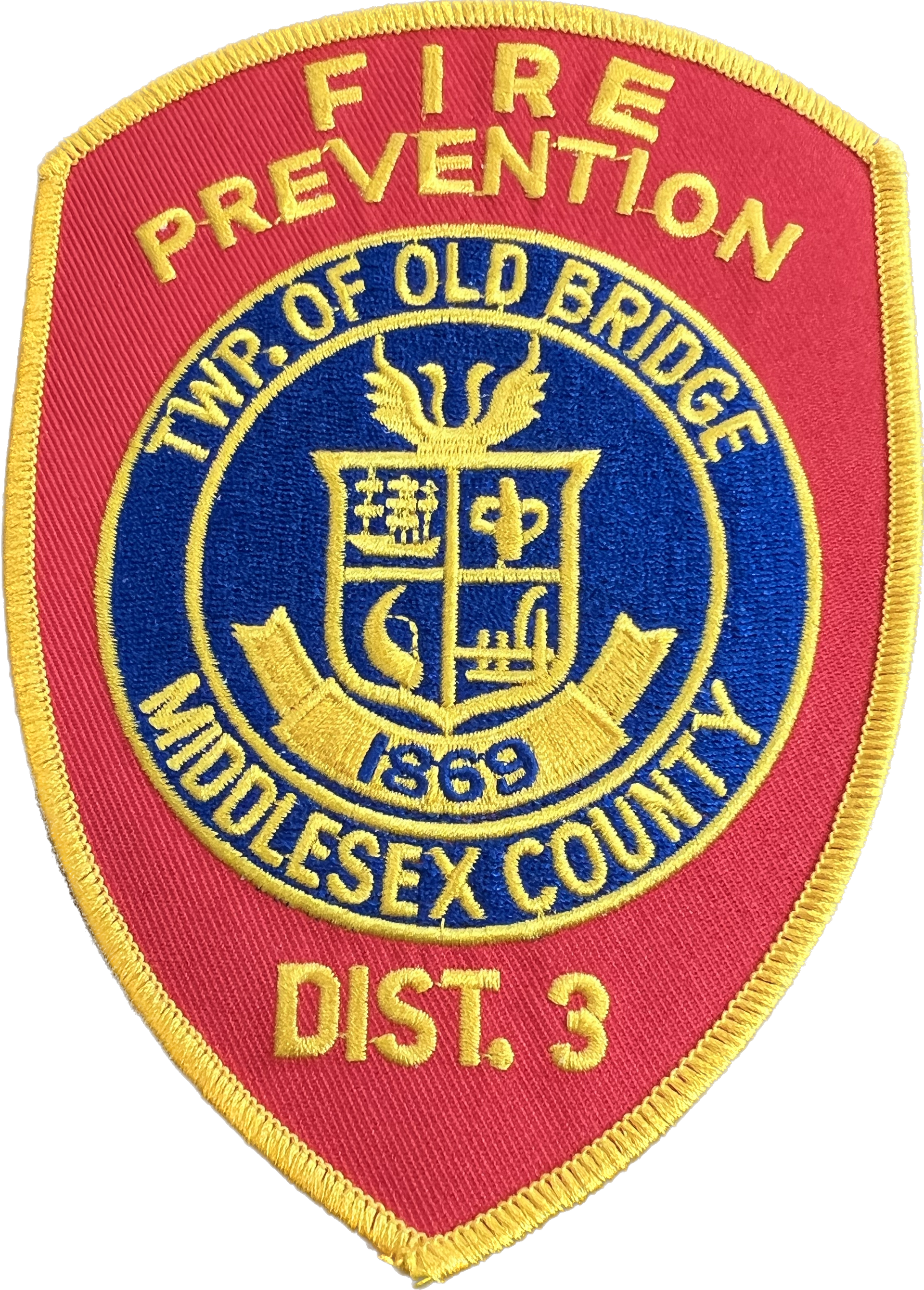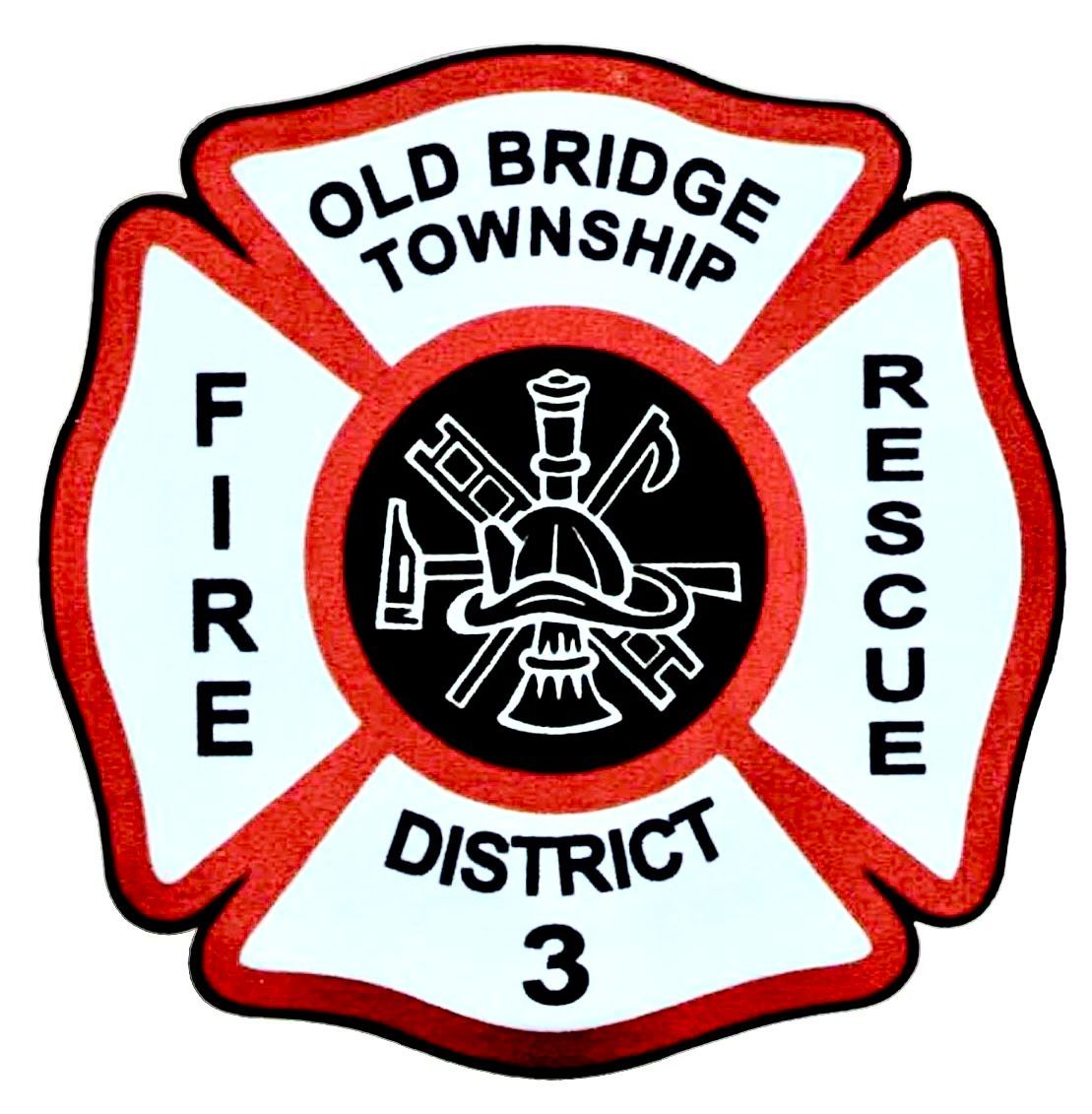Emergency Evacuation Checklist: What Every Resident in Fire District 3 Should Know
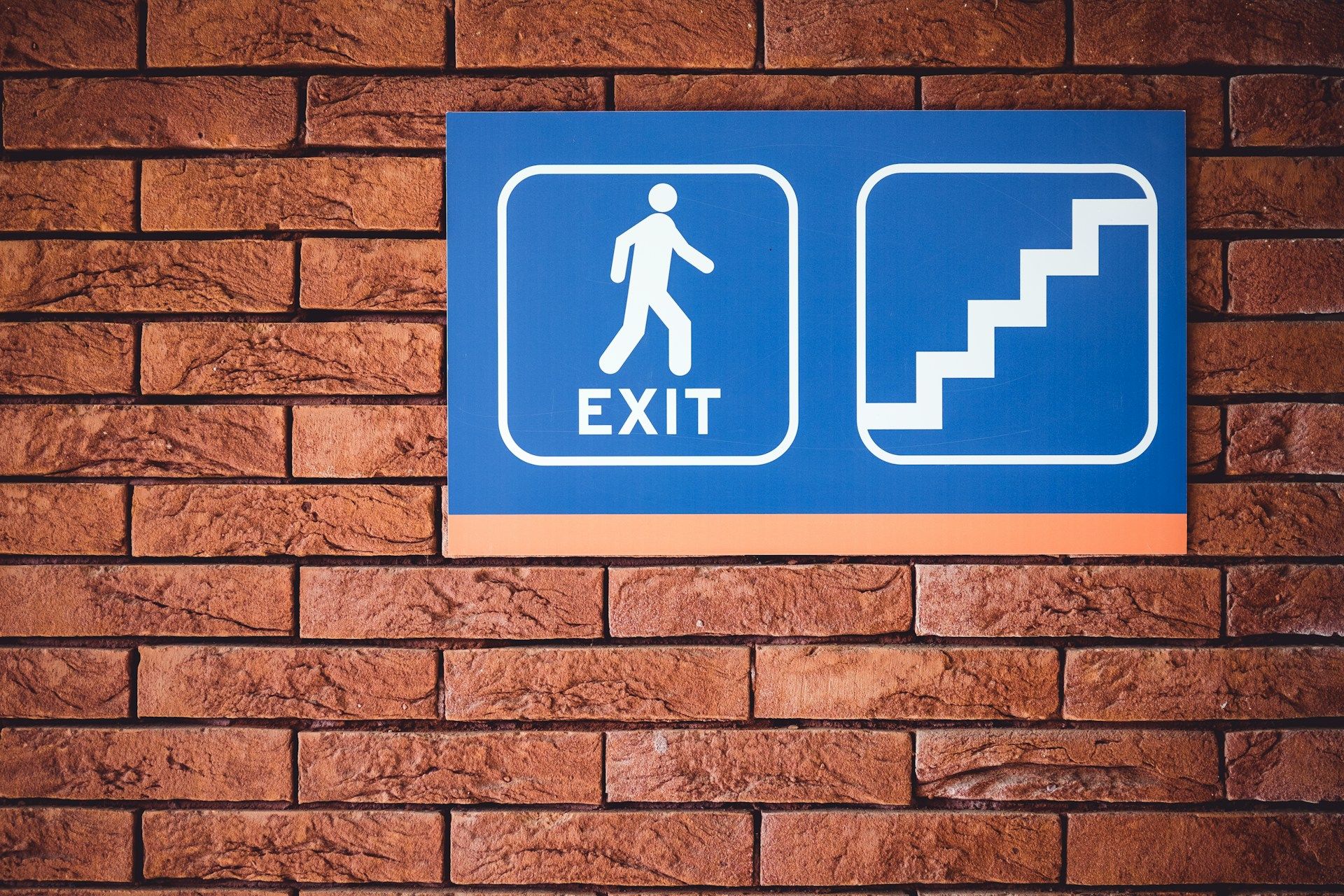
Emergencies can occur without warning, making it crucial for residents of Fire District 3 to be prepared in advance. Having a comprehensive emergency evacuation plan in place can help ensure you and your family's safety should a disaster strike. To aid in your preparation, we've created an essential evacuation checklist tailored specifically for Fire District 3 residents.
Being informed and ready for potential emergencies can help reduce panic and chaos, allowing you to respond more effectively and keep your loved ones safe. Read on to learn about the critical steps to take before, during, and after an evacuation. By working together, we can cultivate a more prepared and resilient community, ensuring the safety of everyone in our beloved Fire District 3.
Creating a Household Emergency Plan
The first step in preparing for an emergency evacuation is to create a household emergency plan. This plan should outline each family member's responsibilities, designate a meeting point outside your home, and include essential contact information. It's vital to discuss and practice your emergency plan with all family members regularly to ensure everyone is familiar with the procedures.
1. Assign Responsibilities: Designate specific tasks for each family member, such as shutting off utilities, assisting the elderly or disabled, collecting essential documents, and handling pets.
2. Establish Meeting Points: Choose two locations where your family can gather in case of an emergency. One should be in close proximity to your home, while the other should be farther away in case the immediate area is unsafe.
3. Outline Communication Plans: Have a plan for contacting each other if you are separated during an emergency. Designate an out-of-town contact who can relay information between family members if local communication lines are overwhelmed.
Essentials to Include in Your Evacuation Kit
Preparing an evacuation kit in advance ensures you have essential items readily available in case of a sudden emergency. Key components of an evacuation kit include:
1. First Aid Kit: Stock a first aid kit with bandages, gauze, adhesive tape, antiseptic wipes, tweezers, scissors, and over-the-counter pain medications.
2. Food and Water: Pack a three-day supply of non-perishable food and water for each family member. Include a manual can opener, utensils, and portable cookware if possible.
3. Clothing: Include a change of clothes and sturdy shoes for each family member, along with sleeping bags or blankets for warmth.
4. Documents: Store copies of important documents, such as insurance policies, identification, and medical records in a waterproof container.
5. Medication: Pack a seven-day supply of prescription medications, along with any necessary over-the-counter medications.
6. Hygiene Supplies: Include essential items like toothbrushes, toothpaste, soap, towels, toilet paper, and feminine hygiene products.
7. Flashlights and Batteries: Store flashlights and extra batteries for light during power outages or nighttime evacuations.
8. Radio: Pack a battery-powered or hand-crank radio for emergency updates and information.
9. Charging Devices: Include portable power banks and chargers for your electronic devices.
10. Pet Supplies: Don't forget food, water, and necessary supplies for your pets.
Steps to Take During an Evacuation
If an emergency requires evacuation, follow these steps to help ensure your family's safety:
1. Stay Informed: Monitor local news and emergency alerts on your radio, television, or smartphone for evacuation instructions and updates.
2. Follow Instructions: Follow the guidance provided by local authorities and emergency responders. They have invaluable expertise and resources to ensure your safety.
3. Protect Your Home: If time allows, take steps to protect your property, such as turning off utilities, locking doors and windows, and moving essential items to an upper floor if there's a risk of flooding.
4. Communicate with Family Members: Activate your communication plan and inform your out-of-town contact of your evacuation status and plans.
5. Assist Others in Need: Help neighbors, particularly the elderly, disabled, or those with young children, evacuate safely if necessary.
After the Evacuation: Returning Home Safely
Following an evacuation, it's essential to ensure a safe return to your home:
1. Await Official Clearance: Wait for local authorities to issue the all-clear before attempting to return to your property. Prematurely returning could jeopardize your safety.
2. Inspect for Damage: Once you're allowed back, approach your home with caution. Check for possible damage, such as gas leaks, water damage, structural instability, or downed power lines.
3. Document Property Damage: Take photos and videos to document any damage to your home or belongings for insurance purposes.
4. Reestablish Utilities: Contact your utility providers to reactivate your services or address any issues, such as gas leaks or damaged wiring.
5. Review Emergency Plans: After experiencing an evacuation, revisit your emergency plans and update or modify them based on your experience. This continuous improvement will help make future evacuations smoother and safer.
By creating a household emergency plan, assembling an evacuation kit, and understanding the steps to take during and after an evacuation, you can ensure the safety and preparedness of your family and community in Fire District 3.
Stay Prepared and Protect Your Loved Ones in Fire District 3
Being prepared for emergency evacuations is a crucial responsibility for every resident in Fire District 3. Proper planning, communication, and education can make all the difference when an unexpected event occurs. By creating a comprehensive emergency plan, assembling an evacuation kit, and understanding the steps to take during an emergency, you keep your family and community safe and organized.
Remember, Fire District 3 is committed to ensuring the safety and preparedness of all our residents. If you need further guidance or have any questions, contact Board of Fire Commissioners, Fire District 3, Township of Old Bridge for
expert fire advice and assistance. As a united community, let's stay vigilant, ready, and dedicated to protecting our neighbors and homes from unforeseen situations.
